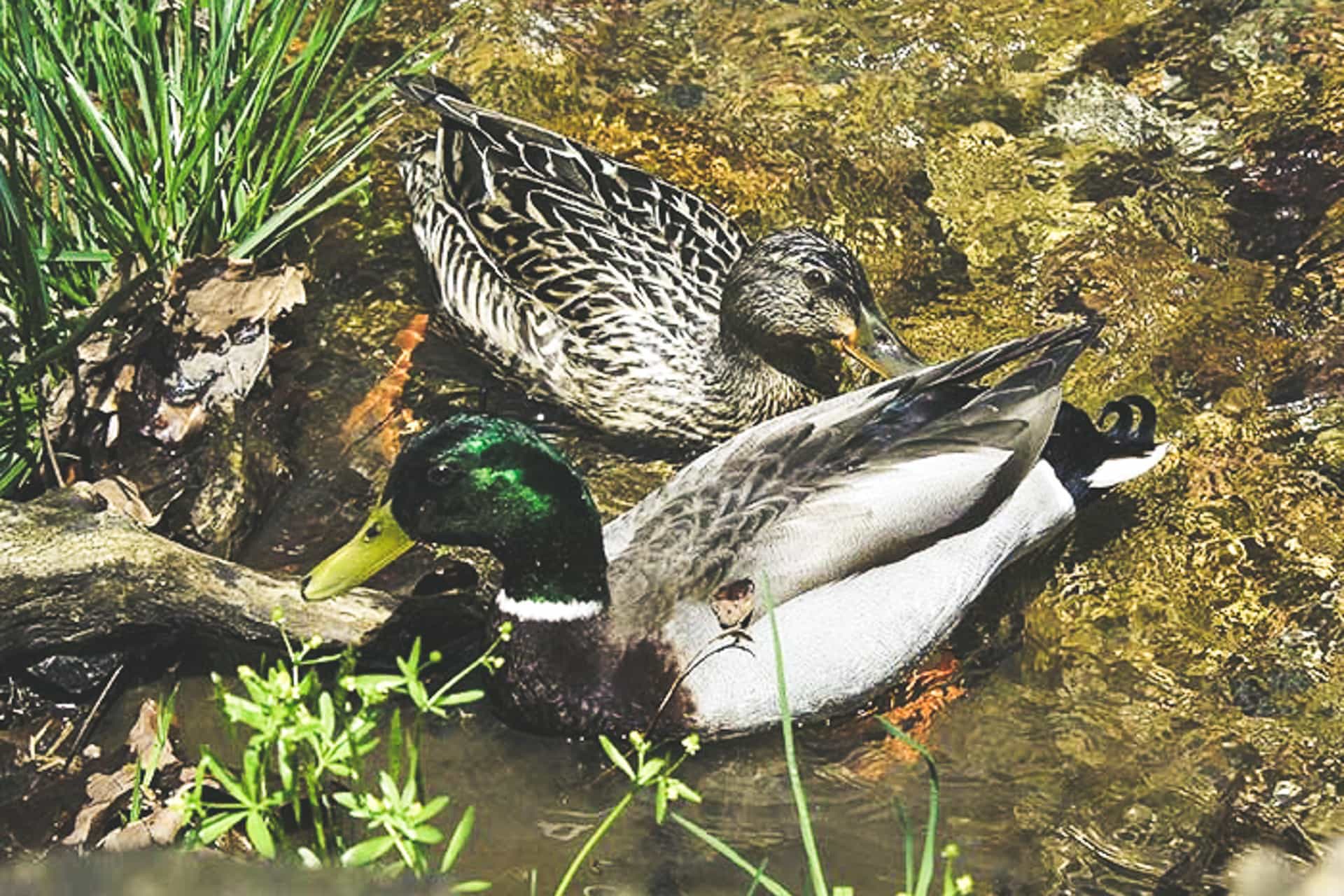SOUTH CHARLESTON, W.Va. — Decreasing eastern mallard populations are forcing Atlantic Flyway states to change their regulations for the 2019-2020 waterfowl seasons, according to Mike Peters, waterfowl biologist for the West Virginia Division of Natural Resources.
Hunters will not see a change in the total waterfowl daily bag limit or season length, but there will be a reduction in the mallard daily bag limit from four to two birds, of which only one can be a hen.
“This is a big deal,” Peters said. “For the past 20 years, we have experienced liberal seasons with 6-bird per day bag limits and 60-day seasons with mallards being a big part of the harvest.”
While the mid-continent breeding population of mallards is stable, the breeding population in northeast United States has declined by about 38% since 1998. The northeastern population of mallards makes up 60% of the mallards harvested in the Atlantic Flyway. This translates into about 40% fewer mallards being harvested in the Atlantic Flyway in 2016 than in 1998.
The Atlantic Flyway states include West Virginia, Connecticut, Delaware, Florida, Georgia, Maine, Maryland, Massachusetts, New Hampshire, New Jersey, New York, North Carolina, Pennsylvania, Rhode Island, South Carolina, Vermont and Virginia.
“We will continue to closely monitor these mallard populations as well as their response to these regulation changes,” Peters said. “Future bag limits will be based upon surveys and other data.”

















